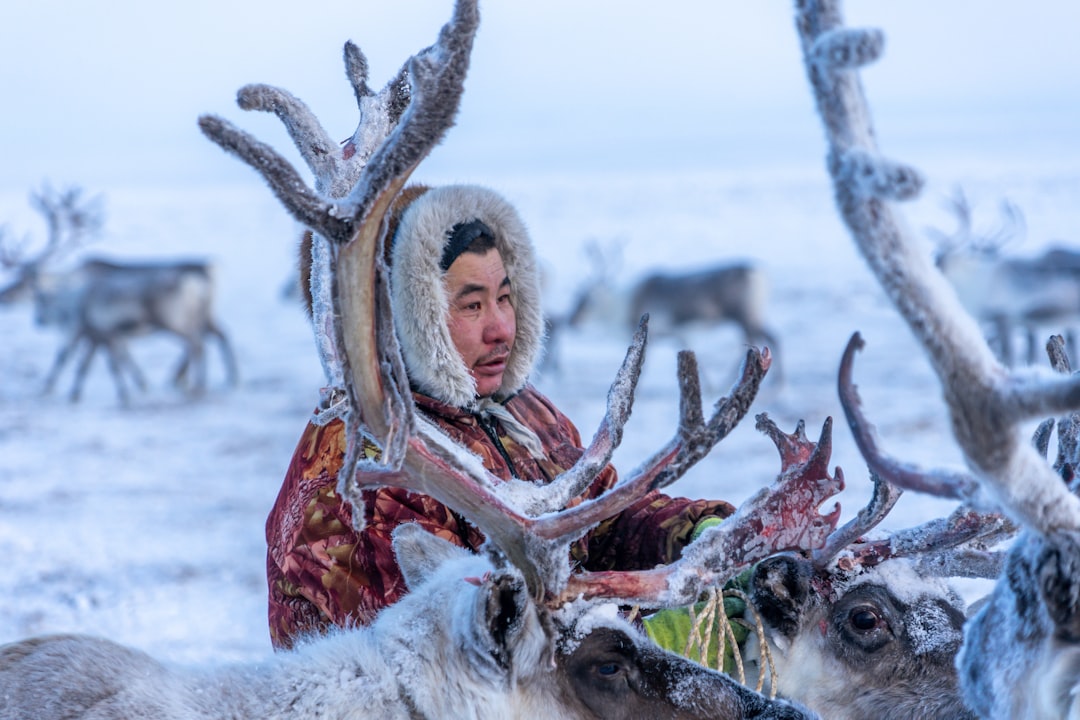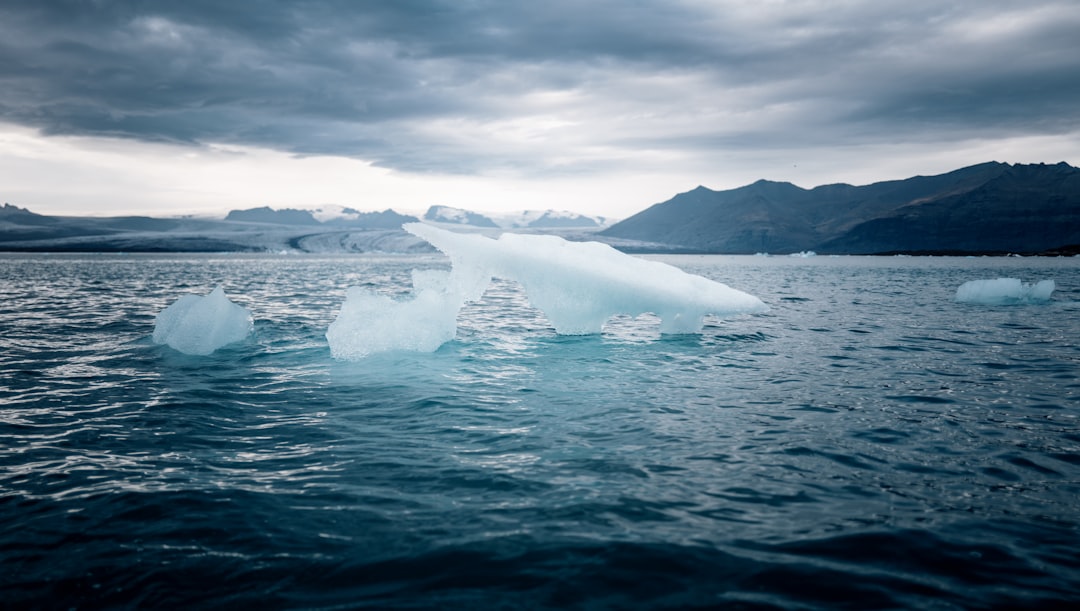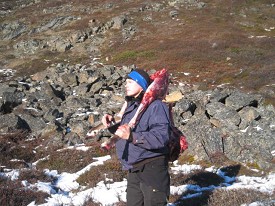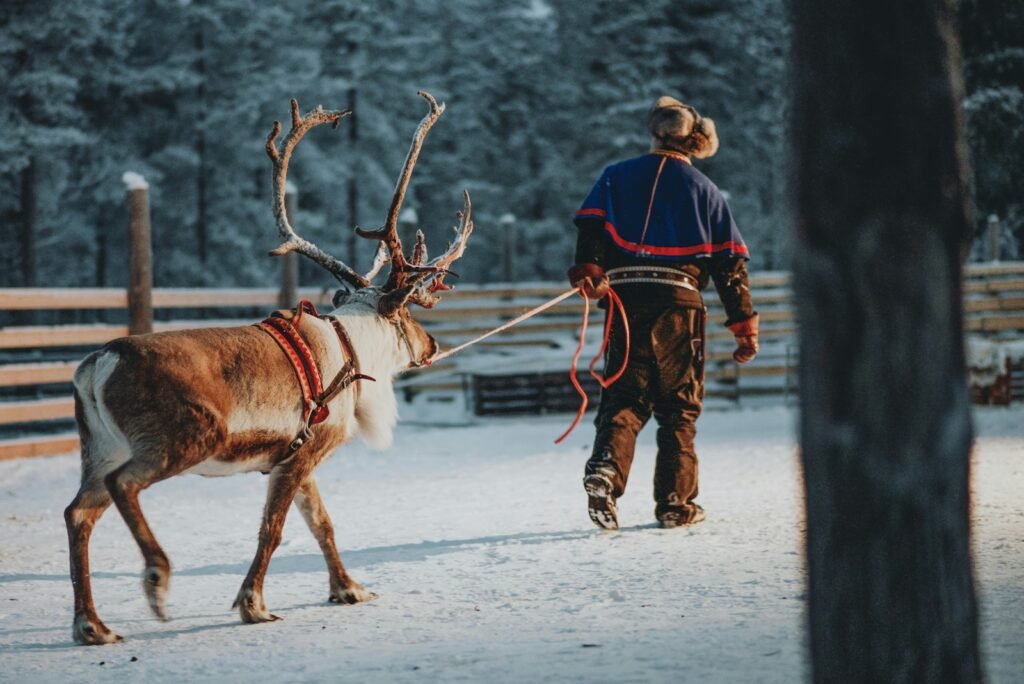Life above the tree line is a study in contrasts: endless summer light, then months of polar night, and a culture that learned to turn extremes into routine. The Saami, the Indigenous people of northern Fennoscandia and the Kola Peninsula, have long threaded their lives through that needle. Their story blends resilience with science, from ultraviolet-sensing reindeer to satellite-mapped pastures. As energy transitions accelerate and Arctic climates flip their old rules, the Saami stand at the center of a quiet but urgent conversation about land, knowledge, and the future of cold places. For readers who care about the living edge of our planet, this is a lesson written in snow, hooves, and memory.
The Hidden Clues

What does it take to live where winter owns most of the year? For the Saami, survival is a collaboration with the landscape, not a conquest, and the clues are found in small details: snow crust thickness, lichen abundance, the wind’s bite on exposed ridges. Anthropologists describe a rich vocabulary for snow and ice conditions, each term a decision-making tool for travel and herding.
Biologists add another twist: reindeer, central to many Saami livelihoods, perceive ultraviolet light, a trait that makes lichen and predator markings stand out against snow. Their eyes even shift in color between summer and winter to handle dramatic light changes, a living adaptation to polar extremes. When herders read the ground and reindeer read the light, the result is a mobile, fine-tuned system that has quietly worked for centuries.
From Ancient Tools to Modern Science

The Saami languages belong to the Uralic family, kin to Finnish and Estonian yet distinct, with multiple branches ranging from North Saami to Inari and Skolt. Linguists track deep time in these tongues, glimpsing migrations and trade routes long before nation-states drew borders. Archaeology adds sled runners, bone needles, and hearth sites to the puzzle, offering material proof of a cold-savvy culture.
Today, genetics and isotopes extend that detective work, clarifying how people, animals, and materials moved across tundra and taiga. Modern herders wear satellite trackers alongside traditional knives, and researchers pair oral histories with snowpack models to test hypotheses on migration timing. I find that blend – the hand-carved and the high-tech – reveals more than either could alone.
Reindeer at the Center

Reindeer husbandry is a cultural keystone, but it’s not the whole story; many Saami are fishers, craftspeople, educators, and urban professionals. Where herding persists, the siida – cooperative family-based groups – organizes labor, routes, and animal care across shared landscapes. Seasonal moves follow forage, with lichen-rich winter ranges and insect-scarce coasts or highlands in summer.
Physiology makes this choreography possible: reindeer hooves sharpen on ice, their noses warm frigid air, and their metabolic timing is wired to weak Arctic daylight. Herders monitor stress, calf survival, and range condition the way a pilot watches instruments. In good years, the herd glides; in hard years, every decision costs energy.
The Map Is Political

The Saami homeland crosses Norway, Sweden, Finland, and Russia’s Kola Peninsula, but laws and rights change at each border. Norway recognizes the Saami as Indigenous and has ratified a key international labor convention on Indigenous rights, while Sweden and Finland have not taken the same step. All three Nordic countries host Saami parliaments that advise on culture and language, yet their formal powers differ.
Herding rights can be tightly regulated, with membership and geographic rules that shape who gets to move animals and where. Proposed mines, roads, and wind farms often overlap with pasture corridors, turning land-use hearings into debates over cultural continuity. It’s a reminder that a map is never neutral in places where movement is a livelihood.
Climate on a Knife-Edge

Warming in the Arctic runs ahead of the global average, and one of the most disruptive shifts is rain-on-snow. When winter rain freezes, it locks lichens under ice, forcing reindeer to burn precious energy or seek emergency feed. Herders then face tough trade-offs: truck in pellets or push for longer moves that strain animals and people.
Scientists track these events with weather stations and satellites that sense snow layers and surface melt, offering early warnings that can shave risk. But the trend line is sobering: thinner sea ice, altered storm tracks, and shrub expansion in tundra nudge the system away from the conditions that made traditional routes reliable. The result is a culture built for variability now meeting variability without a ceiling.
– Many winter forage failures follow midwinter thaws that refreeze into ice crusts.
– The Arctic has warmed roughly about two to four times faster than the global average in recent decades.
Knowledge That Moves

Saami knowledge is mobile by design, encoded in stories, place names, and craft. Duodji – the art of shaping bone, antler, wood, and textiles – carries practical lessons about materials and seasons. Joik, traditional song, works like an oral map, evoking places and beings with a few notes to cue memory and orientation.
When scientists partner with herders, that memory becomes data: calving sites drawn on paper maps, weather thresholds described in local terms, and travel safety shared as lived metrics. Projects that treat this knowledge as coequal – not as color commentary – tend to produce more accurate models and better decisions. It’s a quiet proof that expertise isn’t limited to labs or lecture halls.
Global Perspectives

The Saami are small in number compared with national populations, yet their challenges preview a global story. Energy transitions need rare metals, transmission lines, and wind corridors, all of which take land and fragment habitat. Tourism promises income but can crowd key migration bottlenecks if mismanaged.
Comparisons with other reindeer and caribou cultures – from Siberia to Alaska – show how quickly herding can unravel when pasture networks are pinched. Conversely, agreements that treat seasonal movement as infrastructure, not an afterthought, keep herds healthier and communities steadier. In the calculus of climate adaptation, mobility is not a luxury; it is the hardware of survival.
Why It Matters

Think of the Saami story as a stress test for science, policy, and ethics rolled into one. Traditional methods that ignore local knowledge often miss the fine grain of conditions that decide whether animals eat or starve. By contrast, co-produced research – where herders and scientists frame questions together – catches dangerous ice crusts sooner and places new roads smarter.
There’s also a biodiversity dividend: intact migration routes benefit birds, large carnivores, and the lichens and mosses that knit soils against erosion. For readers far from the Arctic, this is a mirror held up to any landscape where development presses on cultural rights. If we get it right here, we learn how to balance urgency with humility elsewhere.
The Future Landscape

Next-generation tools are already in the field: GPS collars streaming positions, drones checking ice layers on river crossings, and satellites flagging thaw-and-freeze events days ahead. Machine learning models now fuse herder notes with meteorology to suggest safer timing for moves, a digital echo of siida decision-making. Policy is catching up unevenly, with some regions testing participatory mapping that gives legal weight to seasonal routes.
Challenges remain stubborn: financing emergency feed without locking herds into dependency, siting wind projects off corridor choke points, and ensuring language revitalization keeps pace with youth leaving for cities. The decisive moves will be boring to headline writers – permits tweaked, data shared, meetings held – but thrilling in impact. I’m convinced the most powerful innovation is trust that travels at the speed of weather.
Take Part: Practical Ways to Help

Support organizations led by Saami people that focus on language, education, and land stewardship, and prioritize voices from within the communities. Choose Arctic tourism operators that consult with local herders, cap group sizes, and route trips to avoid calving areas and migration bottlenecks. When energy projects are proposed in northern landscapes, ask whether seasonal corridors were mapped with herders at the table.
As a reader, you can also follow reporting from Indigenous journalists, attend public lectures by Saami scholars, and encourage schools to include Uralic language diversity in curricula. Small steps travel far this far north, and attention is a currency that amplifies good choices. What part of this story will you carry into your next conversation?

Suhail Ahmed is a passionate digital professional and nature enthusiast with over 8 years of experience in content strategy, SEO, web development, and digital operations. Alongside his freelance journey, Suhail actively contributes to nature and wildlife platforms like Discover Wildlife, where he channels his curiosity for the planet into engaging, educational storytelling.
With a strong background in managing digital ecosystems — from ecommerce stores and WordPress websites to social media and automation — Suhail merges technical precision with creative insight. His content reflects a rare balance: SEO-friendly yet deeply human, data-informed yet emotionally resonant.
Driven by a love for discovery and storytelling, Suhail believes in using digital platforms to amplify causes that matter — especially those protecting Earth’s biodiversity and inspiring sustainable living. Whether he’s managing online projects or crafting wildlife content, his goal remains the same: to inform, inspire, and leave a positive digital footprint.




